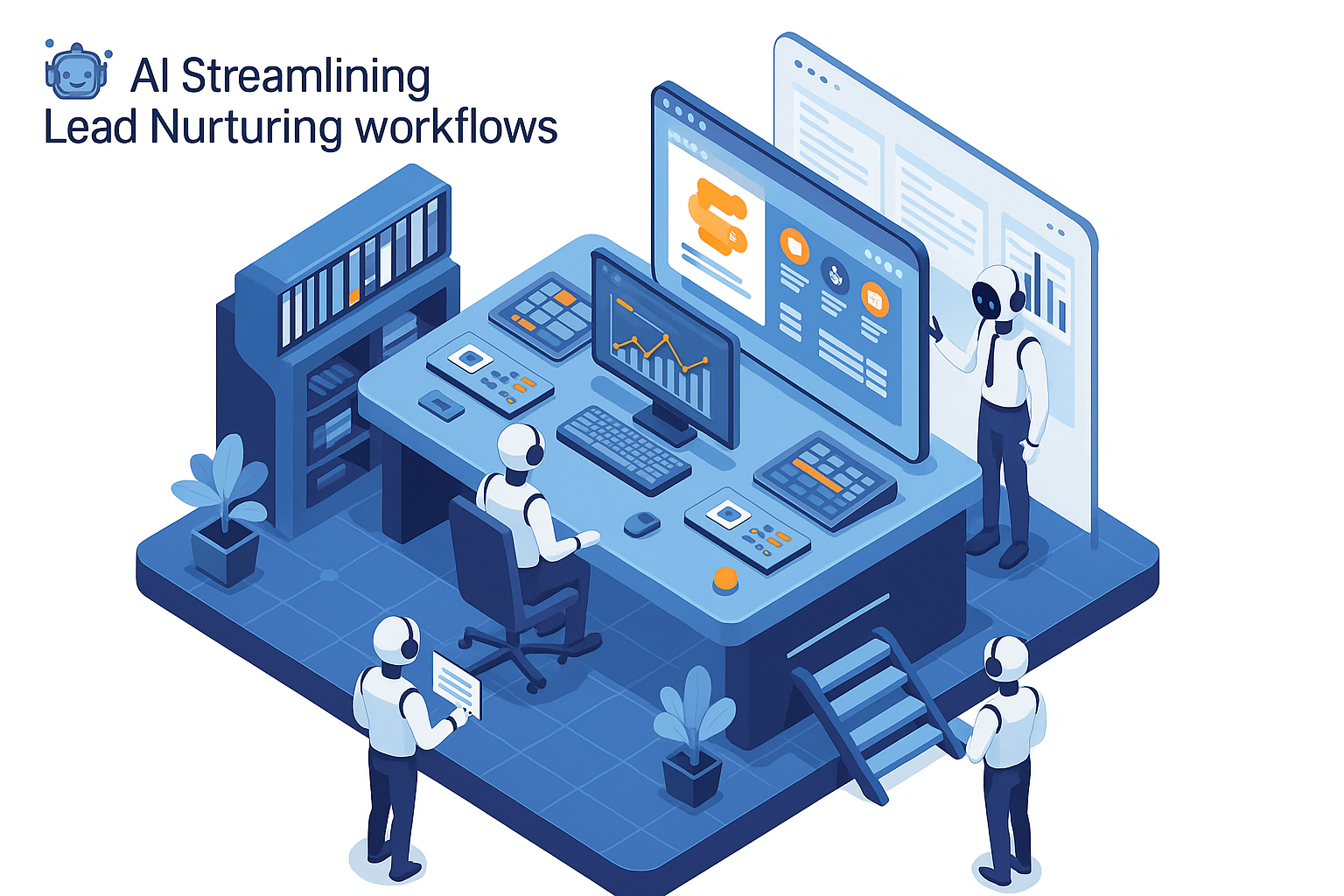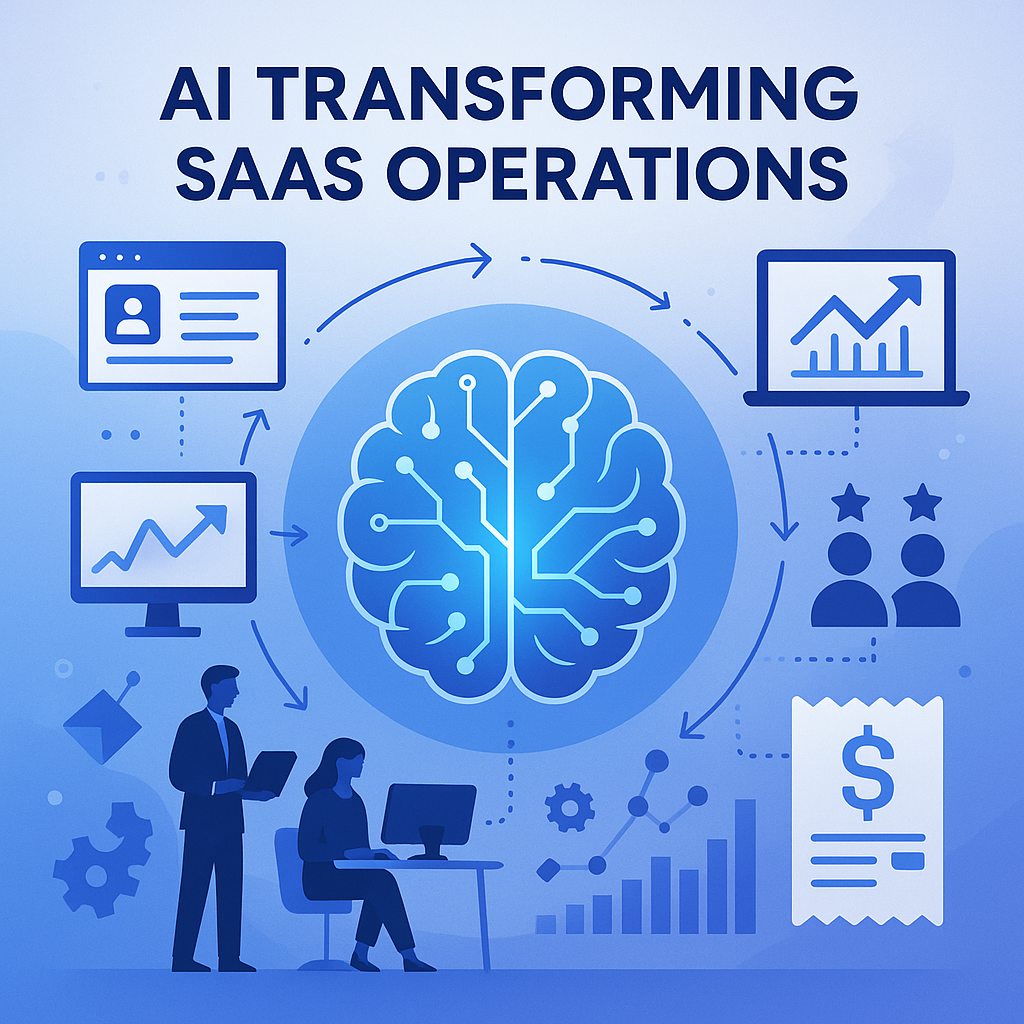The No-Code Guide to Smarter Business Automation in 2025
Let’s get one thing out of the way: most business teams don’t need more “low-code tools.”
They need zero-code outcomes.
If you’ve ever tried to build a Zap, a Salesforce flow, or a custom integration between Stripe and Slack—you already know how quickly things break when the logic gets real.
But in 2025, something has changed:
AI agents are letting non-technical teams design powerful, end-to-end workflows—just by describing what they want.
No dev ticket. No complex configuration. No need to babysit the logic.
Here’s how teams across Sales, Marketing, Support, and Finance are now designing workflows that feel like magic (but are powered by agentic iPaaS).
Traditional Automation: Still Too Technical
Even the best no-code platforms (Zapier, Workato, Make.com) expect you to:
- Choose the right app
- Map fields manually
- Set conditions and error handling
- Maintain credentials
- Debug when it fails silently
And while these tools are powerful, they don’t scale when:
- You’re juggling more than 5–6 tools
- Business logic keeps evolving
- You don’t have an in-house ops engineer
That’s where AI-powered workflows come in.
Enter AI Agents That Understand Natural Language
Instead of building automation step-by-step, business users can now describe their goal in plain English:
“When someone fills out a demo form, check if they’re a decision-maker. If they are, notify Sales, add them to HubSpot, and start the nurture sequence.”
And the AI agent designs, configures, and deploys the workflow instantly.
No flowchart. No builder. No code.
What You Can Automate Without Technical Help
Here are real-world use cases we’ve seen non-technical teams launch with AI workflow assistants:
Sales
“Notify me when a lead visits our pricing page twice in a day, and assign them to the right SDR based on region and deal stage.”
AI agent does:
- Monitor web behavior
- Check Salesforce lead owner
- Assign task + post in Slack
Marketing
“If someone signs up from a high-intent campaign, enrich the lead, tag it by persona, and add to a retargeting list.”
AI agent does:
- Read campaign UTM
- Pull Clearbit enrichment
- Update CRM and ad audience
Support
“When a customer opens a third ticket in a week, alert CS leadership and prefill escalation doc with account status.”
AI agent does:
- Count ticket volume
- Pull Stripe and usage info
- Notify + generate Slack summary
Finance
“If a payment fails twice and the customer is above $1,000 MRR, create a renewal risk task and notify Sales.”
AI agent does:
- Monitor Stripe events
- Calculate risk profile
- Trigger task + Slack alert
What Happens When Business Teams Own Their Workflows
With AI-powered workflow assistants, teams don’t just move faster—they move smarter:
Why This Works: AI Understands Context, Not Just Commands
Most tools ask what you want to do.
Agentic iPaaS agents ask why—then figure out how to do it for you.
They interpret natural language, infer goals, scan the tools you already use, and build workflows that don’t just work once—they keep adapting.
Final Thought: The Future of Automation Is Instructional, Not Technical
You shouldn’t need a builder to build workflows.
In 2025, business users should be able to say:
“Here’s what I want to happen—go do it.”
And the system should take care of the rest.
That’s the core idea behind Konnectify’s intelligent workflow assistant:
AI agents that understand your goal, act across your tools, and evolve with your business.
No drag-and-drop. No flow editors.
Just clarity → action.
👉 Curious how teams like Sales, Marketing, Support, and Finance are already doing this?
Read the full strategy: The Ultimate SaaS Stack Integration Strategy for Business Teams






